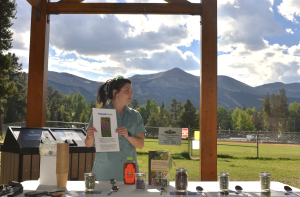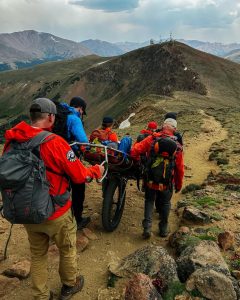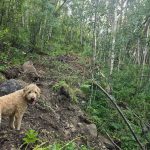Tea time: Here’s how to ditch grocery store tea for something you can find out on the trails
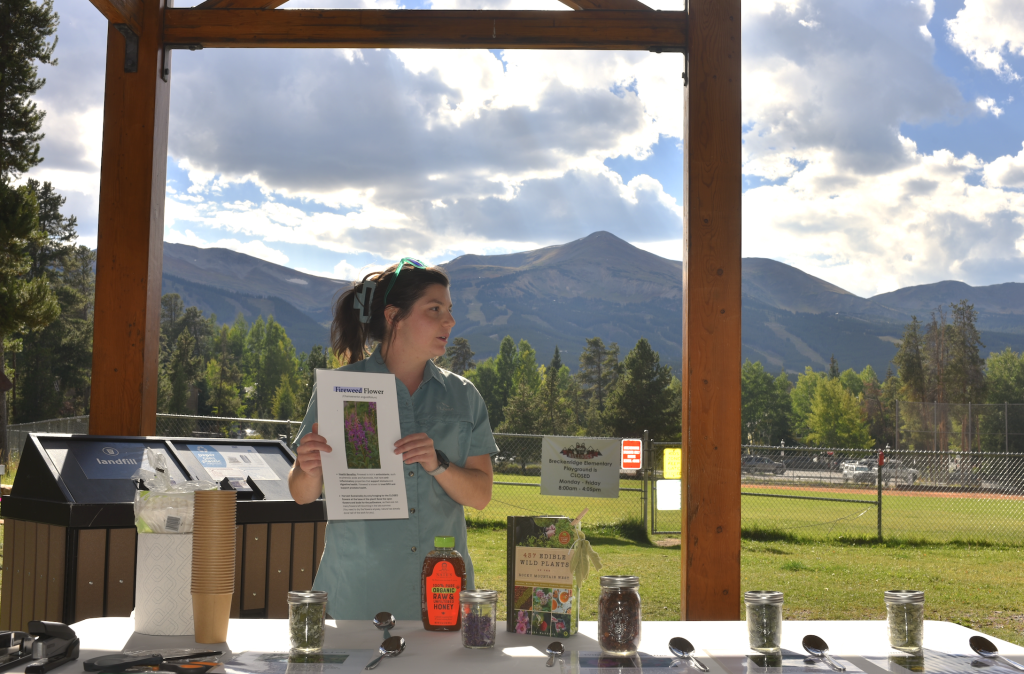
Kit Geary/Summit Daily News
Have you ever stumbled across those approximately four-foot-tall plants with spikes of pink or magenta flowers sprouting from the top of them while on an end-of-summer hike in Summit?
These native wildflowers are called fireweed, known for colonizing areas recently impacted by wildfire and for their regenerative properties. The town of Breckenridge’s naturalist Ella Garner wants you to know you can make tea out of them — and a good one at that.
Garner ran a free community series this summer opening the door to one of the more uncommon recreational activities in Summit County’s mountains: tea foraging.
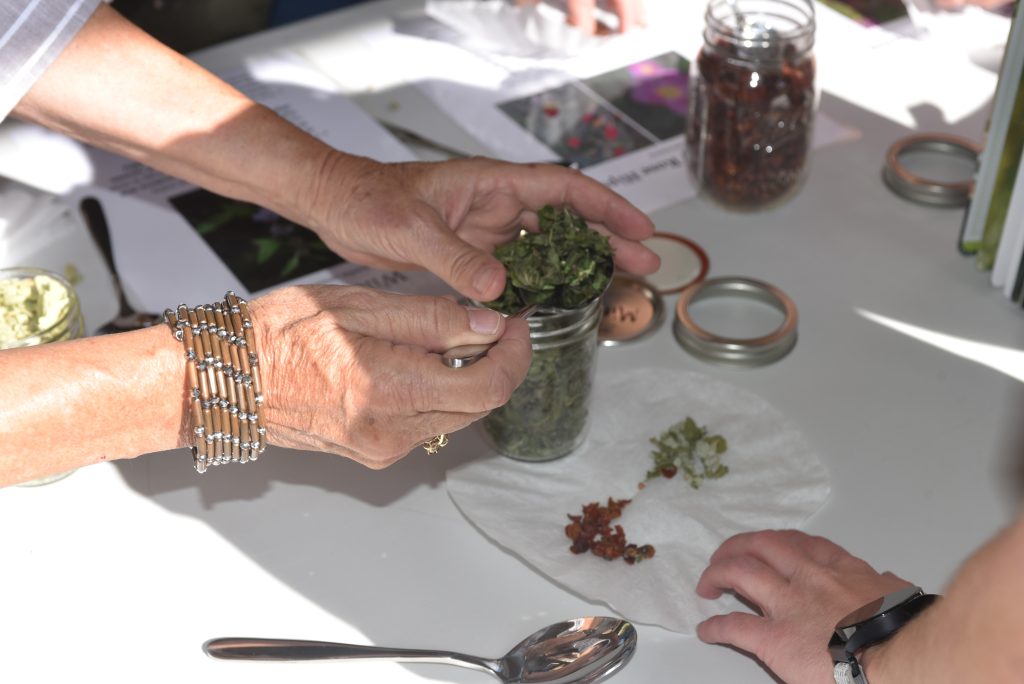
“I love teaching people about foraging, because I think it is a lost art form,” she said. “It’s something that our ancestors did to survive, and you never know when you might need that skill again.”
Garner’s classes focus on foraging fundamentals including site, safety and sustainability.
Summit County’s high-Alpine environment provides both native and non-native plants that can be foraged for tea including mint, rose hip and raspberry leaf, she said. There are more areas in Summit to forage than people might even realize, she said, and it can be a low-effort activity that yields enough product to last months.
Before you wander off into the woods with a basket looking for tea leaves, there’s a few things you need to know, because foraging in an unsafe and unsustainable manner can have consequences.
Stemming from growing up with a forager father, the craft runs in Garner’s roots, and she’s familiar with the consequences of improper foraging. She recalled a cautionary tale from her father’s childhood where, during an attempt to make the neighborhood root beer, he accidentally gave everyone poison ivy because the sarsaparilla roots he harvested were near the allergenic plant.
“The neighborhood was out for revenge … So, especially if you’re foraging for other people, you really need to keep that (safety) in mind,” she said.
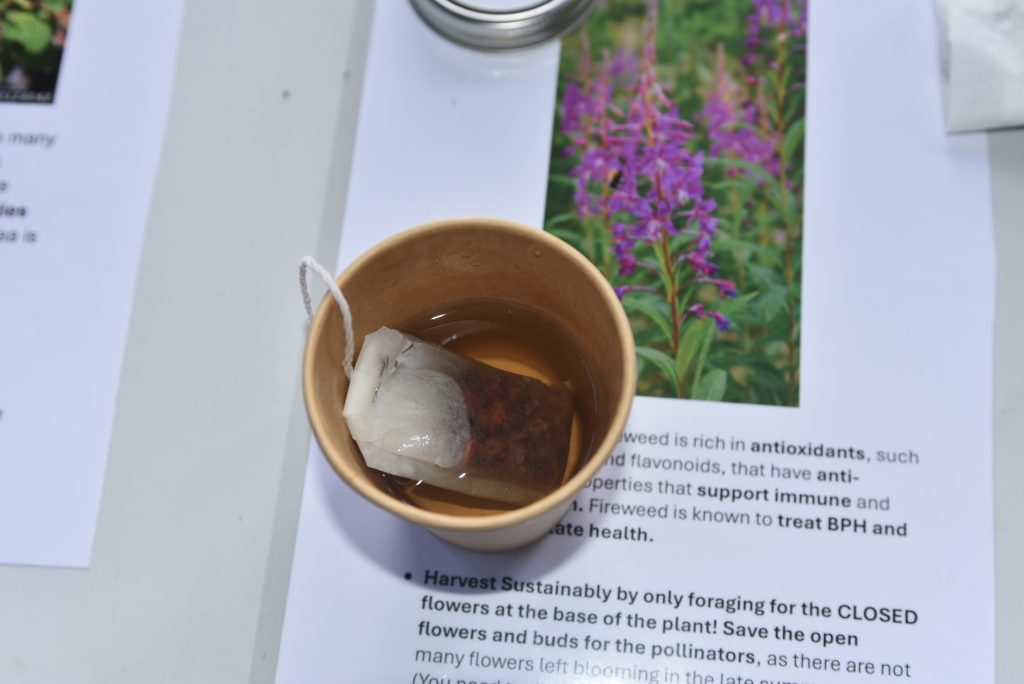
Poison ivy doesn’t have a major presence in Summit County, but there’s other things to keep an eye out for, including herbicide. Garner said herbicide can often be found alongside roadways, so foraging near them might not be the best idea. She said animal scat, and wild animals in general, are always good things to steer clear of while foraging.
Safe and legal places to forage tea leaves in Summit County include much of White River National Forest land and Breckenridge and Summit County-owned open space. Garner said parts of National Forest land, including wilderness areas like the Eagles Nest Wilderness near Silverthorne, are off-limits. Additionally, people can’t forage in nature preserves, like the Cucumber Gulch Nature Preserve in Breckenridge, or in a national park, like Rocky Mountain National Park.
Foraging can help mitigate invasive species, but it can also take food sources away from local wildlife. Garner likes to remind people in her classes that bears can’t shop at the grocery store, so especially when foraging for natural resources like berries, keep them in mind. In terms of foraging tea leaves, she said people need to think about local pollinators. Native plants like fireweed are more important to pollinators than non-natives like mullein, so it’s important to not take all of the native plants. She said foraging for raspberry leaves for tea is typically a safe bet because they are abundant in Summit.
In her class, attendees learn how to make a tea bag out of a coffee filter and get insight into how to best dry tea leaves and what health benefits they can bring.
Her class drew residents and visitors alike. Breckenridge homeowner Cindy Cebold wanted to attend because she saw the event advertised locally and thought it would be interesting to learn about the nutritional value of the plants she sees around town. Visitor Ash Gladbach brought her mom to the class while on a vacation in Summit. She said she follows forages from California on social media and had no idea there were so many opportunities in her home state of Colorado. Garner will have one last tea foraging class for the season on Sept. 13. More information can be found at BreckOST.com/event/1000-am-wild-tea-time-the-recreation-center.

Support Local Journalism

Support Local Journalism
As a Summit Daily News reader, you make our work possible.
Summit Daily is embarking on a multiyear project to digitize its archives going back to 1989 and make them available to the public in partnership with the Colorado Historic Newspapers Collection. The full project is expected to cost about $165,000. All donations made in 2023 will go directly toward this project.
Every contribution, no matter the size, will make a difference.

